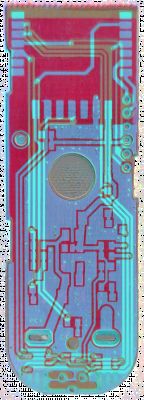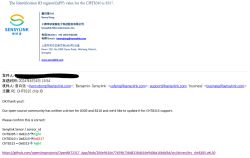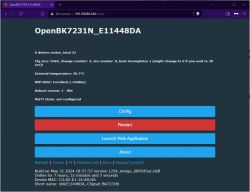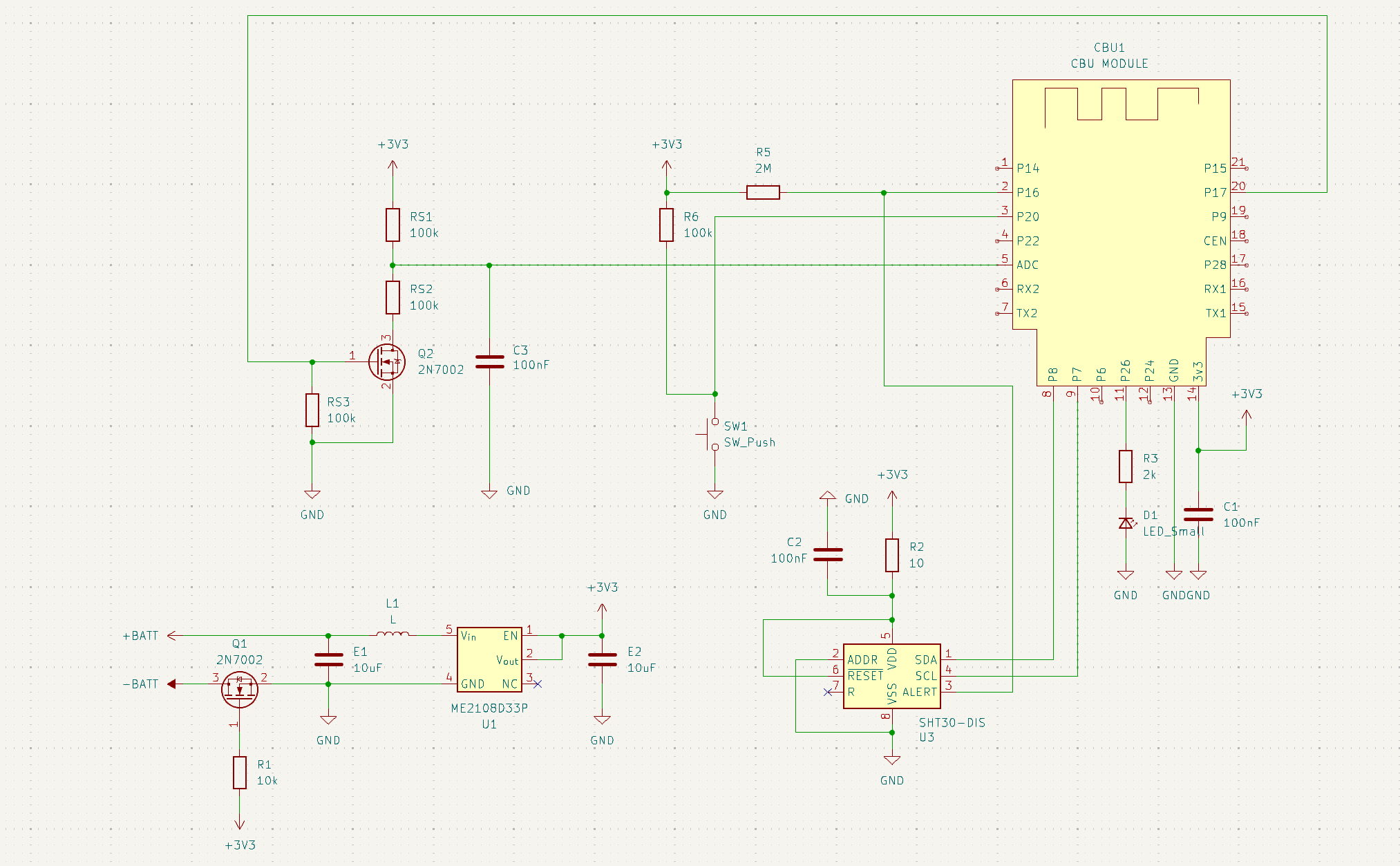Thanks for all the contributions, friends, and for your time invested in the subject. I read you a lot, but this is the first time I dare to comment... impostor syndrome :p
First of all, I would like to say that I have reached several personal convictions, in case it is of any use to anyone. I insist, these are just personal speculations

Taking into account that I have even bought lithium AAA batteries. The device seems amazing in terms of quality and price, but I do not see the battery system as feasible, for several reasons, including sustainability and comfort for me.
I need to do without batteries, that is, I do not want battery warnings, or data on hass percentages, or pay so many tolls to save myself the wiring that has taken me less time. I powered the devices on their 3.3V line, skipping the IC U1 (ME2108D33). Since it is a Step-up DC/DC converter that is closer to the SHT3x sensor, which I believe helps regulate the temperature altered by it. And I killed several birds with one stone.
-There are some mini power supplies the size of half an appliance like this, which fits perfectly into the electrical installation junction box. And I have grouped several thermostats of this type to each transformer (3v3 1A), 3 or 4 max. to have 250ma each, more than enough...
No headaches with sleep mode or energy saving for batteries, since these do not exist. Enough that I saved myself by not having to buy thermostats for use with a screen for each room. Since I cannot have 20 screens at home, nor 40 percentage units in hass, nor change 2 battery packs monthly. This is not progress xD.
If it helps someone, I am very happy.
Personal thermostats with Openbeken (Tasmota) that do not send data to any server, for 4 euros, have allowed me to delete data in hass (percentages and battery warnings), I have regulated the temperature of the thermostats, by not making the thermostat voltage booster raise the 3v of the batteries, and being able to remove some room thermostat screens, which seemed excessive to me. In the end I save energy. And all in exchange for a bit of work wiring from the source (230V AC/3.3V DC 1A) in the register boxes to each of the thermostats. Some, like where the brain of the house is, having a raspy, I took the 3v3 from it. And in the case of rooms with some ESP like the fireplace, well T&H extracted by BME sensor managed with the same ESP, which is more comfortable in jaml than all this mess. Sorry for all the text, but the review needed some development...
Thank you for the work you provided for my tests.

Regards.














